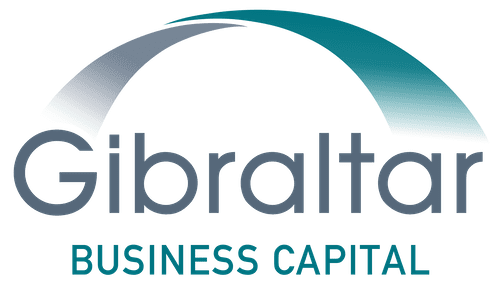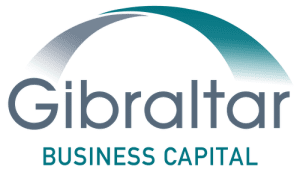Many challenges to borrowing particularly affect the asset-intensive manufacturing sector, which requires significant capital for equipment and inventory. In addition, the cash conversion cycle for manufacturers is typically longer than that for other types of industries since their liquidity tends to be tied up longer in inventory and accounts receivable.
From start-up to high growth to maturity, most manufacturers need access to credit to support critical operations and growth. If your manufacturing company is looking for credit, what are the potential funding issues you should watch out for and try to avoid?
1. Regulatory Requirements That May Limit Access to Capital
Banks, in particular, have strict regulatory requirements that obligate them to manage risk through prescribed practices. In addition to having credit and cash flow criteria that may exclude newer manufacturers and companies in transition, traditional banks build certain covenants into their loan structures. These are used to monitor whether a company’s financial condition has deteriorated below acceptable standards or if certain financial measures are being brought up to a more acceptable level. These covenants can be restrictive for your company during a time of transition or high growth.
Carefully research and ask questions about any covenants your company will have to meet. One example is a restriction on capital expenditures, which can be a deal-breaking limitation if you are working to grow quickly. Alternative lenders may have less restrictive covenants. Asset-based lending avoids many of these issues by utilizing the value of your assets rather than financial ratios to determine your creditworthiness and the amount you qualify to borrow.
Also be aware that if you find that you need more capital, the covenants of some lenders may prevent you from getting it, even from another lender. They may establish a maximum Debt to Tangible Net Worth (the ratio of total liabilities to tangible net worth), and/or establish direct limits on obtaining additional debt. There are several ways in which a lender can prevent you from getting other financing, at least without their approval, so look for this in any potential loan structure.
If you need more capital as you grow, a lender who takes the time to develop an in-depth understanding of both the challenges and potential of your manufacturing operation is more likely to be willing to expand your credit facility.
2. Lengthy Approval Processes
The credit needs of a manufacturing company can change quickly. One large order by a new customer can create the need to ramp up production swiftly and the funding must be available in a timely fashion. Another common problem for manufacturing companies is outgrowing supplier credit terms. This situation can leave you unable to buy needed materials to fulfill new orders or build inventory. While some financing needs may be predictable far in advance, the nature of the manufacturing sector means that there will be needs that are more immediate. This is true even if you don’t consider the types of emergencies that can affect any business, such as loss of a major customer, price wars, abrupt increase in fuel costs, and similar market events.
Different types of lending have very different lead times. It is important to have at least one funding source that can respond quickly to changes in your business and provide capital promptly when implementing a successful business strategy depends on it.
3. The Inefficiency of Over-Borrowing
The costs of ramping up production quickly or adding a new product line can be difficult to predict accurately. Both processes are complex and any number of factors can fluctuate and affect the final price, from R&D costs to machinery pricing. In some cases, costs can be less than estimated. In others, you may experience positive cash flow changes during the process that enable you to shoulder more of the capital costs than you expected.
Getting a line of credit rather than a traditional fixed loan can increase your flexibility and efficiency. You pay only for the money you use, and you don’t start paying for it until you actually use it. The timing of borrowing can make a significant difference in the cost of credit, especially when you are funding lengthy projects like construction of a new plant or implementing staged strategic growth plans.
4. Gaps in Communication with Loan Decision-Makers
With all the factors at play in qualifying for credit and getting the right amount of liquidity and the best loan structure to meet your needs, you need to know who you are dealing with at your lending company. You want to be able to communicate at critical times with the people who are making important decisions about your company’s future. Direct access to senior decision-makers helps ensure you can effectively communicate your concerns, plans and business’ potential to the people who need that information.
At Gibraltar, our asset-based lending experts take the time to understand your company and its specific situation, so we can develop responsive and innovative solutions to your financing needs. We offer:
- Quick turnaround on loan approvals
- Greater liquidity and flexibility than a traditional bank
- Access to senior decision-makers throughout the process
- Financing for companies with limited operating history, negative cash flow, or sales fluctuations
- Senior secured term loans and revolving lines of credit up to $20 million
If you are the owner or sponsor of a company in transition, talk to a member of our experienced sales team to learn more about how your company’s valuable assets can help you attain the flexible financing needed to grow.


